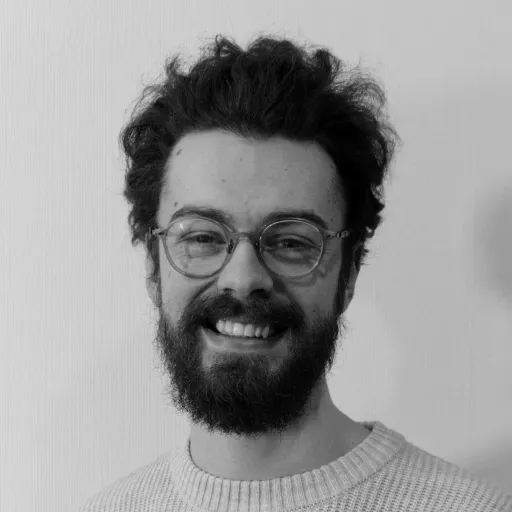Mastering Simulation Nodes
Erosion
This course takes a deep dive into Hydraulic Erosion with Soil Transport inside Geometry Nodes in Blender 3.6LTS.
What's in the Course?
In this course, we will embark on a hike through simulation nodes, focusing on the fascinating world of erosion simulations.
While our primary focus will be on building a hydraulic erosion simulation, the techniques learned can be applied to various scenes and models beyond natural landscapes. Whether it's urban environments, characters, or props, this method offers a versatile approach to mesh manipulation, responding to the contours and gradients of your models.
We're carrying out the whole erosion system as a particle control exercise which means that all of the skills you learn in the bouncing ball and boids courses will be useable here to further improve your ability to create the exact results that you're looking for. Simulation is notoriously difficult to control and so we're going to be spending time in this course to ensure that you have the skills needed to reach your goals.
So, let's dive in and embark on the journey of crafting breathtaking natural terrains.
Take this course to learn:
- Understanding the concepts around particle-based erosion
- Optimal algorithm for sliding across the surface
- Creating an initial "simple" erosion system
- Understanding sediment capacity
- Controlling erosion against sedimentation
- Generalising the system for different base terrain types
- Creating extra data for shaders and scattering
- Building a 4-zone terrain shader
- Populating the scene with nature assets (supplied)
About the Series
This series is perfect for any artist wanting to add procedural simulation to their technical tool bag.
Learning a new procedural system can be very challenging with limited resources available and a new paradigm to wrap your head around.
This is an opportunity to get ahead as you build a solid foundation for not just creating simulations, but also guiding them with intuitive solutions, optimising them to run faster and smoother, and learning good practice workflows for ensuring your graphs are built to a professional standard.
To get the most out of the course, some familiarity with Geometry Nodes tools and workflows is assumed but even a beginner can follow along. All content is step-by-step, commentated live, with shortcuts displayed on screen. None of the lessons are timelapses.
All videos have closed captions in English and auto-translated into French, Spanish, Portugese, Arabic, Chinese, and Japanese.
Meet Your Instructor
In 2009 Erin released a shader tutorial for Blender 2.49 and the rest, as they say, is history. Now a creative professional using Blender daily and leading the largest procedural Blender community, Erin is passionate about empowering creators with the technical skills required to break through their limits.
They are fascinated with procedural workflows, whether that's in shaders, or modelling with Geometry Nodes or Sverchok, or even outside Blender with Houdini and Grasshopper.
More recently, a foray into scripting with Python and C#. They find the ability to build truly interconnected and reactive systems very exciting, especially coming from a background of built environment as a qualified Cabinet Maker and Interior Designer.




